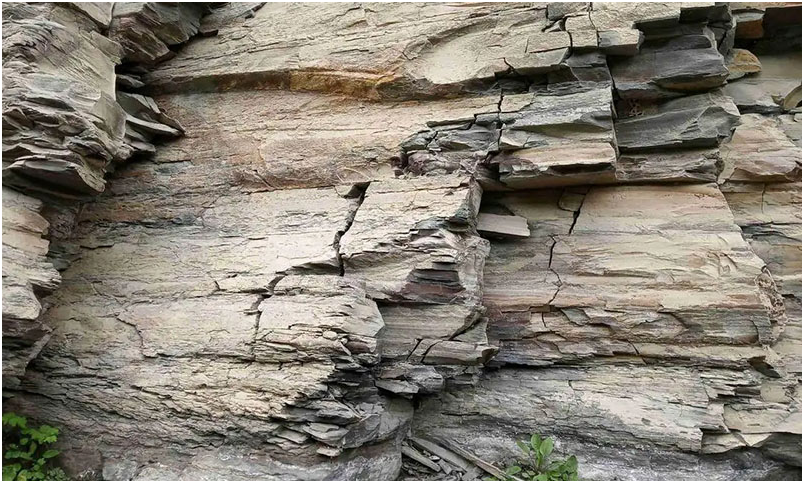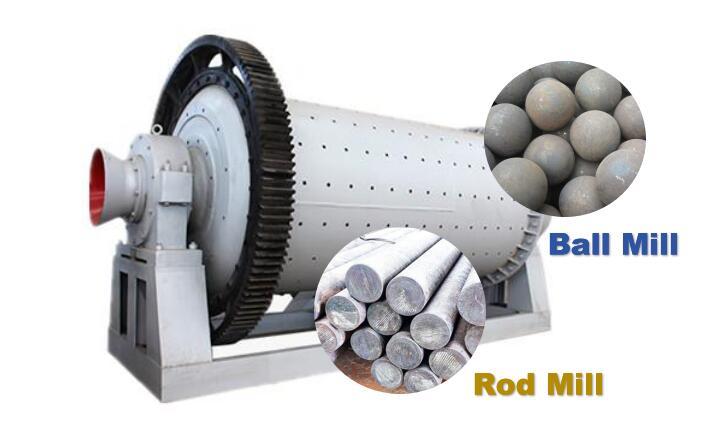For product information and pricing, Chat with sales agent:
or email us : sales@clirik.com
Click links below to see related products.

Grinding shale into powder involves reducing the material to a fine, uniform particle size. This process is essential for various applications, such as producing shale oil, enhancing soil properties, or creating raw materials for construction and industrial uses.

Several types of grinding mills can be used to achieve this, each suited for different stages of the grinding process and different final particle sizes. Such as ball mills, rod mills, hammer mills, Raymond mills, ultrafine mills, and other grinding mills are widely used to grind shale to coarse, fine, and ultrafine powder. By selecting the appropriate mill and optimizing the grinding process, high-quality shale powder can be produced for various industrial applications.
Here are some common types of mills used for grinding shale powder:
l Description: Ball mills are cylindrical devices used to grind materials like shale using grinding media such as steel or ceramic balls.
l Applications: They are ideal for producing fine powder and are commonly used in cement production, mineral processing, and ceramics.
l Operation: The rotation of the cylinder causes the balls to fall back into the cylinder and onto the shale, crushing and grinding it into powder.
l Description: Similar to ball mills, but use long rods as grinding media.
l Applications: Used when a coarser product is required, such as in mineral processing or when preparing feed for further grinding in a ball mill.
l Operation: The rods grind the shale by tumbling within the mill, producing a coarser product compared to ball mills.

l Description: Use rotating hammers to crush and pulverize materials.
l Applications: Suitable for producing fine and coarse powder, particularly for agricultural and industrial applications.
l Operation: The hammers rotate at high speed, striking the shale and reducing it to the desired size.
l Description: Utilize large rollers to crush and grind material against a rotating table.
l Applications: Commonly used in cement and mineral processing industries for producing fine powder.
l Operation: The pressure from the rollers crushes the shale against the table, grinding it into fine powder.
l Description: A type of vertical mill known for its high efficiency and low power consumption.
l Applications: Ideal for grinding shale into a fine powder for use in ceramics, construction, and other industrial applications.
l Operation: Material is fed into the mill, ground by rollers, and classified by a built-in separator to ensure uniform particle size.
l Description: Mills designed to produce extremely fine powder, often used in specialized industrial applications.
l Applications: Used in industries requiring very fine materials, such as pharmaceuticals, cosmetics, and high-tech ceramics.
l Operation: Utilize high-speed rotating discs or other mechanisms to achieve ultrafine grinding.
l Feed Size: Initial size of the shale before grinding.
l Product Fineness: Desired particle size of the final product.
l Moisture Content: Shale's moisture content can affect grinding efficiency and mill choice.
l Capacity: Volume of shale to be processed per hour.
l Energy Consumption: Efficiency and power requirements of the grinding mill.
l Primary Crushing: Shale is initially reduced in size using crushers.
l Secondary Crushing: Further size reduction using finer crushers if necessary.
l Grinding: Shale is fed into the chosen mill where it is ground into fine powder.
l Classification: Ground shale is classified to ensure uniform particle size using screens or air classifiers.
l Collection and Packaging: The fine shale powder is collected and packaged for distribution or further processing.
